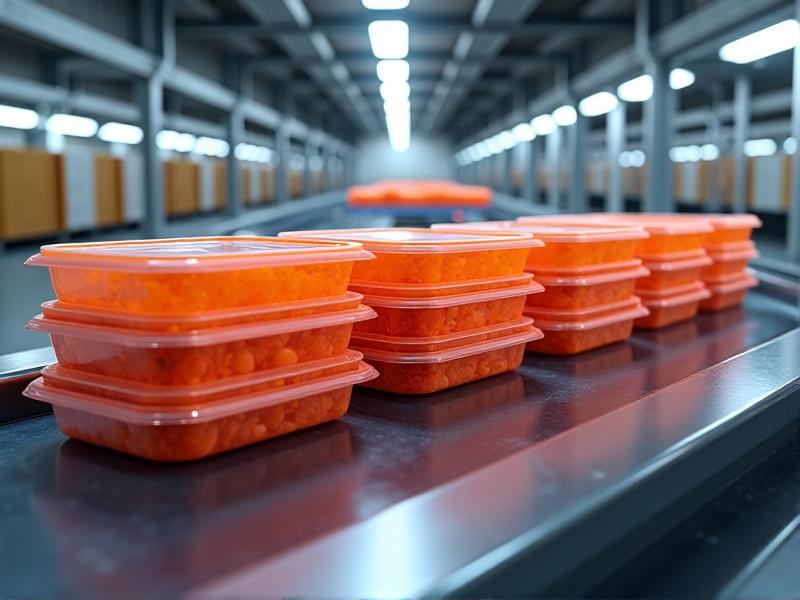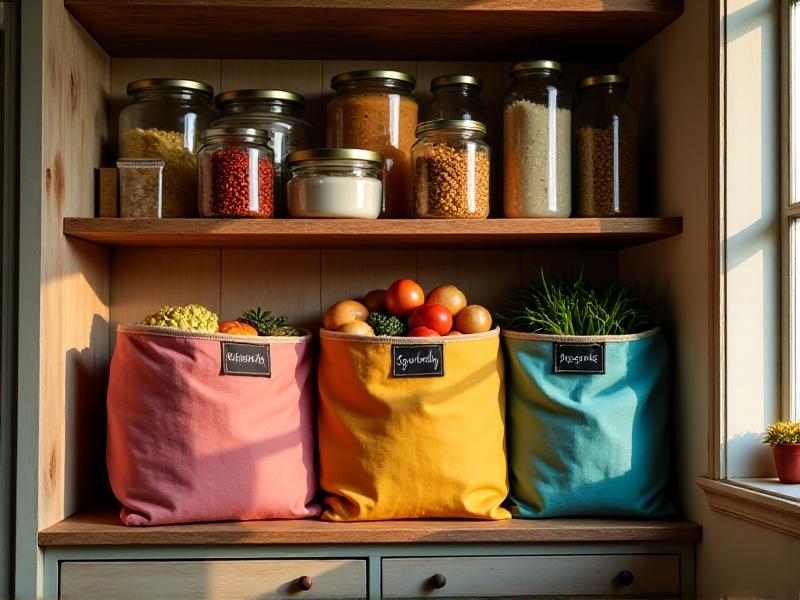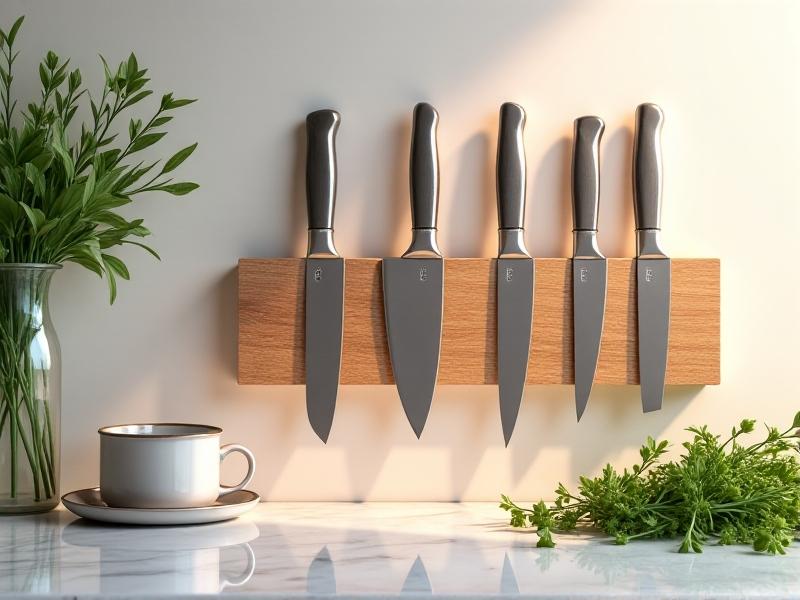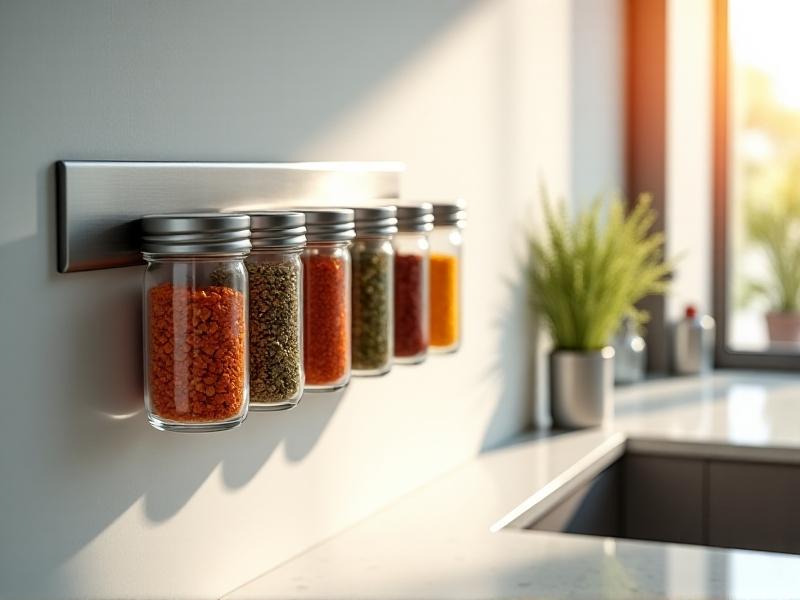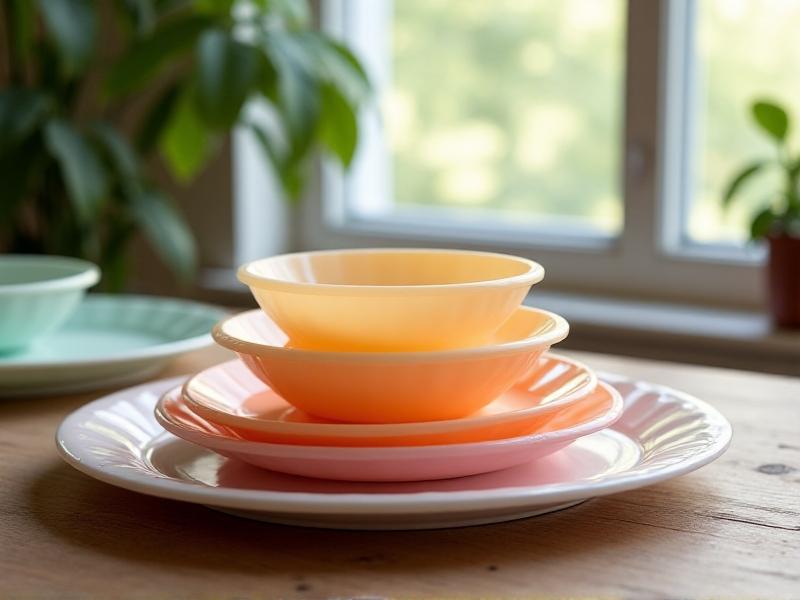Vertical Pantry Organization Techniques
Why Vertical Pantry Organization Matters
Pantries often become cluttered not because of a lack of space, but because of underutilized vertical real estate. Traditional storage methods focus on horizontal stacking, which limits visibility and accessibility. Vertical organization, however, transforms unused height into functional storage, making it easier to locate items and maintain order. By prioritizing upward expansion, you can double or triple your pantry’s efficiency while creating a visually appealing setup.

Assessing Your Pantry’s Layout and Needs
Before installing organizers, evaluate your pantry’s structure. Measure the height, depth, and width, noting obstructions like vents or pipes. Identify frequently used items—these should be placed at eye level—and seasonal or bulk products that can occupy higher shelves. Consider your household’s habits: Do you need kid-friendly access? Are there awkward corners to optimize? This audit ensures your solutions align with your lifestyle.
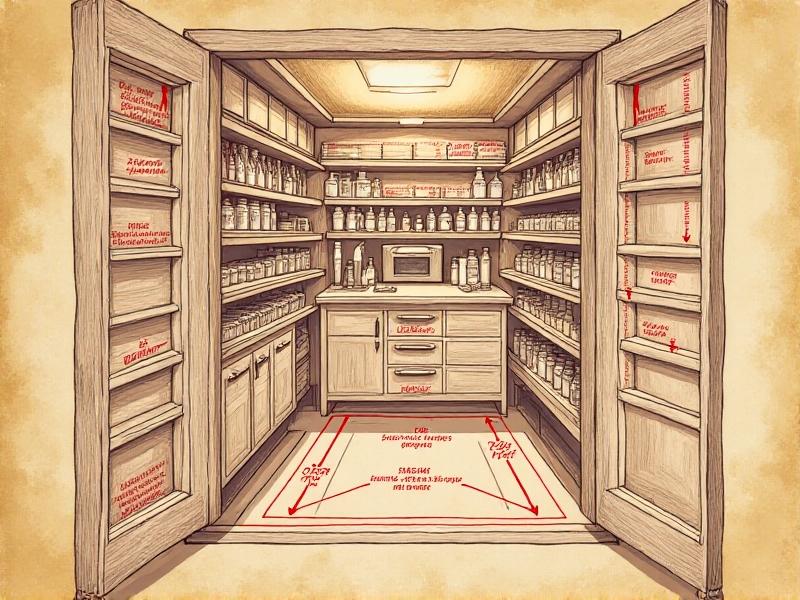
Adjustable Shelving Systems for Maximum Flexibility
Fixed shelves often create wasted gaps. Adjustable shelving, whether wire, wood, or acrylic, allows customization as storage needs change. Freestanding shelving units with modular components work well in walk-in pantries, while track-based systems suit narrow spaces. For heavy items like appliances, reinforce shelves with brackets. Pair deeper shelves with pull-out bins to prevent items from getting lost in the back.
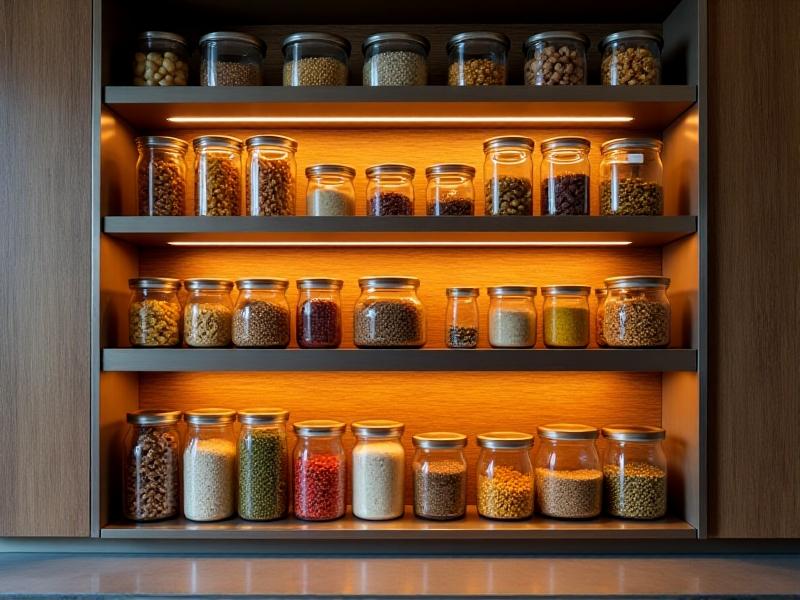
Hanging and Door-Mounted Storage Solutions
Doors and walls offer prime storage real estate. Over-the-door organizers with clear pockets keep spices, teas, or snacks visible yet tucked away. Magnetic strips can hold knives or spice tins, while pegboards with hooks and baskets adapt to odd-shaped items like rolls of foil or reusable bags. For narrow doors, slim racks with horizontal rails hold trays or cutting boards vertically.
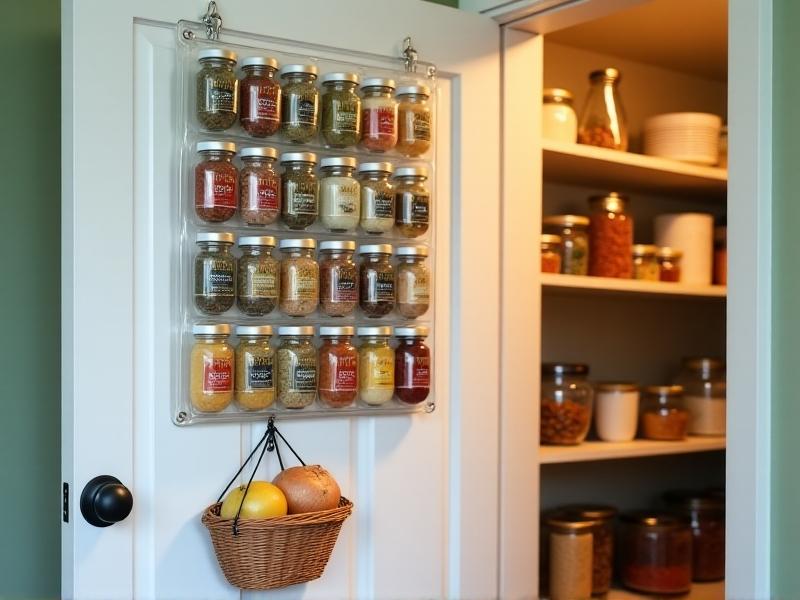
Tiered Organizers and Stacking Containers
Tiered risers transform cramped shelves into multi-level displays, perfect for canned goods or condiments. Lazy Susans in corners make items accessible with a spin. For dry goods, invest in airtight stacking containers with uniform shapes to prevent toppling. Transparent materials aid quick identification, while chalkboard labels add a rustic touch. Opt for containers with handles for easy lifting from high shelves.
Labeling Strategies for Clarity and Efficiency
Labels eliminate guesswork and maintain consistency. Use a label maker for a polished look or repurpose washi tape for a whimsical style. Categorize by meal type (breakfast, baking) or dietary needs (gl-free, vegan). Color-coding aligns with your pantry’s zones—blue for snacks, green for staples. Digital QR code labels can link to recipes or expiration dates for tech-savvy households.
Maintaining Your Vertical Pantry System
Regular upkeep prevents backsliding. Schedule monthly audits to discard expired items and wipe shelves. Restock during quieter hours to avoid rushed reorganizing. Keep a step stool nearby for high shelves, and involve household members by assigning zones. For bulk purchases, use a clipboard inventory or app to track stock levels. A well-maintained vertical pantry becomes second nature over time.
Creative DIY Ideas for Vertical Storage
Repurpose everyday items into custom organizers. Mount a wooden ladder horizontally to hang mugs or produce bags. Nail vintage crates to walls for a farmhouse-style spice display. Use tension rods to create vertical dividers for baking sheets or trays. For a budget-friendly tiered shelf, stack and secure painted cinder blocks with wooden planks. Creativity turns limitations into personalized, functional art.
